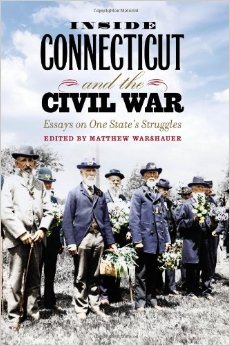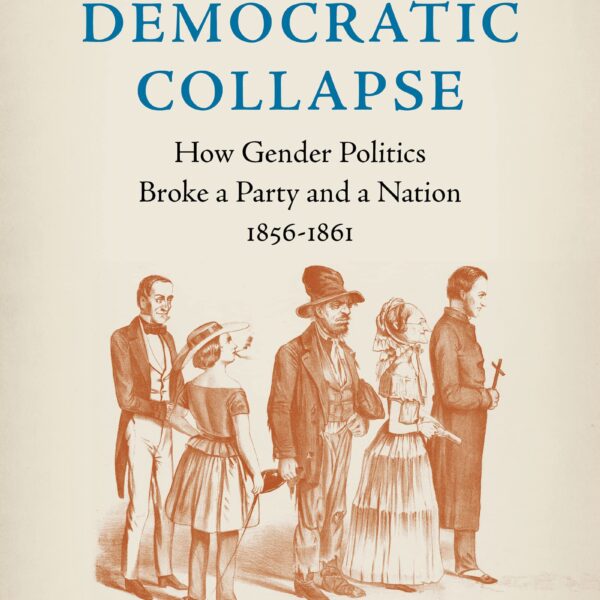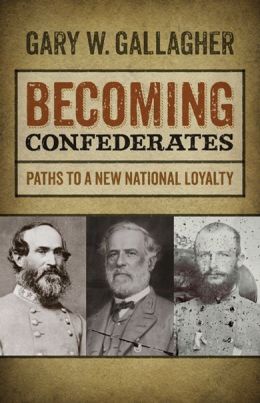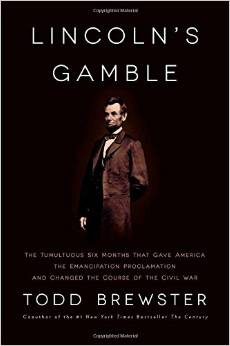For publisher Savas Beatie, 2024 has been a year, in part, of books about Confederate fortifications, with texts about Fort Sumter and Castle Pinckney already released. Paul Brueske’s “Digging All Night and Fighting All Day”: The Civil War Siege of Spanish Fort and the Mobile Campaign, 1865 continues this trend with an in-depth examination of the titular fort and the war’s final major siege effort encompassing it.
Having previously written about the Mobile campaign in The Last Campaign [2018], Paul Brueske is one of the preeminent experts about coastal Alabama in the Civil War’s final months. This work only adds to that reputation, demonstrating that Spanish Fort was the critical key to maintaining Confederate control of Mobile in April 1865.
The book is chronologically organized, with most of its fourteen chapters covering one or two days in the siege of Spanish Fort itself. Each chapter contains sections focusing on federal, Confederate, and naval points of view, with occasional overviews from leadership outside of Mobile to provide strategic context. There are a host of appendices containing data on troop organizations, vessels involved, casualties, and even explanations on the origins of Spanish Fort and its status as a neighborhood today.
The cast of characters is wide ranging—including senior military leadership on both sides, junior officers, engineers, naval officers, common soldiers, and civilians in Mobile itself. Abundant footnotes make it easy for researchers to track what source material is used.
In a campaign largely fought by seasoned veterans, Brueske took pains to explain that soldiers on both sides considered Spanish Fort a true bastion akin to Vicksburg or Petersburg. To gain any advantage, both sides implemented innovations, including land mines, underwater torpedoes, hand grenades, and wooden mortars. While providing great analysis of the daily combat within Spanish Fort, the text also highlights the pressures both sides were under regionally. For the United States, Mobile had been a target desired by federal leadership since 1862, but every effort to seize the city stalled, was abandoned, or failed to reach Mobile itself. By 1865, Ulysses Grant was adamant that the city fall, to tie down rebel troops and deprive the Confederacy of critical transportation infrastructure. US activity bore fruit, as siege lines closed Confederate positions until weak points were found and exploited.
For Confederate leaders, it was a balancing act of too few soldiers to protect too much space, with debates in Richmond about employing Black men as soldiers being openly discussed, and indeed promoted, by military leadership defending Mobile. Confederate efforts bore fruit day by day, with U.S. forces constantly overestimating the size of the Confederate garrison, and with an expert retreat conducted that largely saved the garrison to fight another day once their lines had been broken.
The book demonstrates the impact of naval forces on both sides, both in bombarding enemy positions and more importantly transporting soldiers and supplies. Brueske explores how the Confederacy largely maintained control over the water space near Spanish Fort via prolific use of underwater torpedoes, allowing Confederate ironclads and wooden gunboats to maintain fire support, transport reinforcements, and keep supplies flowing into the vastly outnumbered garrison. Federal warships maintained pressure via long range bombardments and by keeping the besiegers well supplied. If there is any shortfall in the book, it is that Brueske makes only a cursory use of naval source material, with naval activity often being cited through reports and reminiscences of military officers, or in postwar accounts instead of naval reports or period letters from sailors.
Brueske convincingly demonstrates that Spanish Fort was the linchpin of Mobile’s defense. Once breeched it became untenable, and within hours of the fortification’s evacuation, Confederate leadership ordered a withdrawal from the port amidst emergent news of mass surrenders further east.
Neil P. Chatelain is an assistant professor of history at Lone Star College North Harris, and the vice president and editorial board chair of Emerging Civil War.





